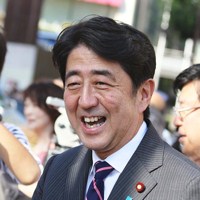While the headlines about the latest round of Asian summitry in Brunei and Indonesia focused on U.S. President Barack Obama’s absence and China’s efforts to fill this void, Japanese Prime Minister Shinzo Abe continued his impressive efforts to shore up relations with the countries of Southeast Asia as Japan and ASEAN commemorate 40 years of relations between them.
Since taking office last year, Abe has visited eight of 10 Southeast Asian countries and plans to visit the remaining two, Cambodia and Laos, before mid-December, when Tokyo will host a special ASEAN-Japan Summit celebrating the 40th anniversary of ties. This diplomatic charm offensive has also been matched by concrete policy changes, including relaxed visa rules to attract more tourists from the region, greater Japanese investment in infrastructure projects in mainland Southeast Asia and growing maritime security cooperation with Indonesia and the Philippines. Japanese officials also projected confidence during the summits last week, ensuring that thorny territorial disputes with China were on the agenda and made it into the ASEAN-Japan Summit statement for the first time.
But despite the inroads that Japan has made in its relations with Southeast Asia over the past year or so, both sides will have to seize additional opportunities and navigate past several challenges in order to boost cooperation to the next level.

